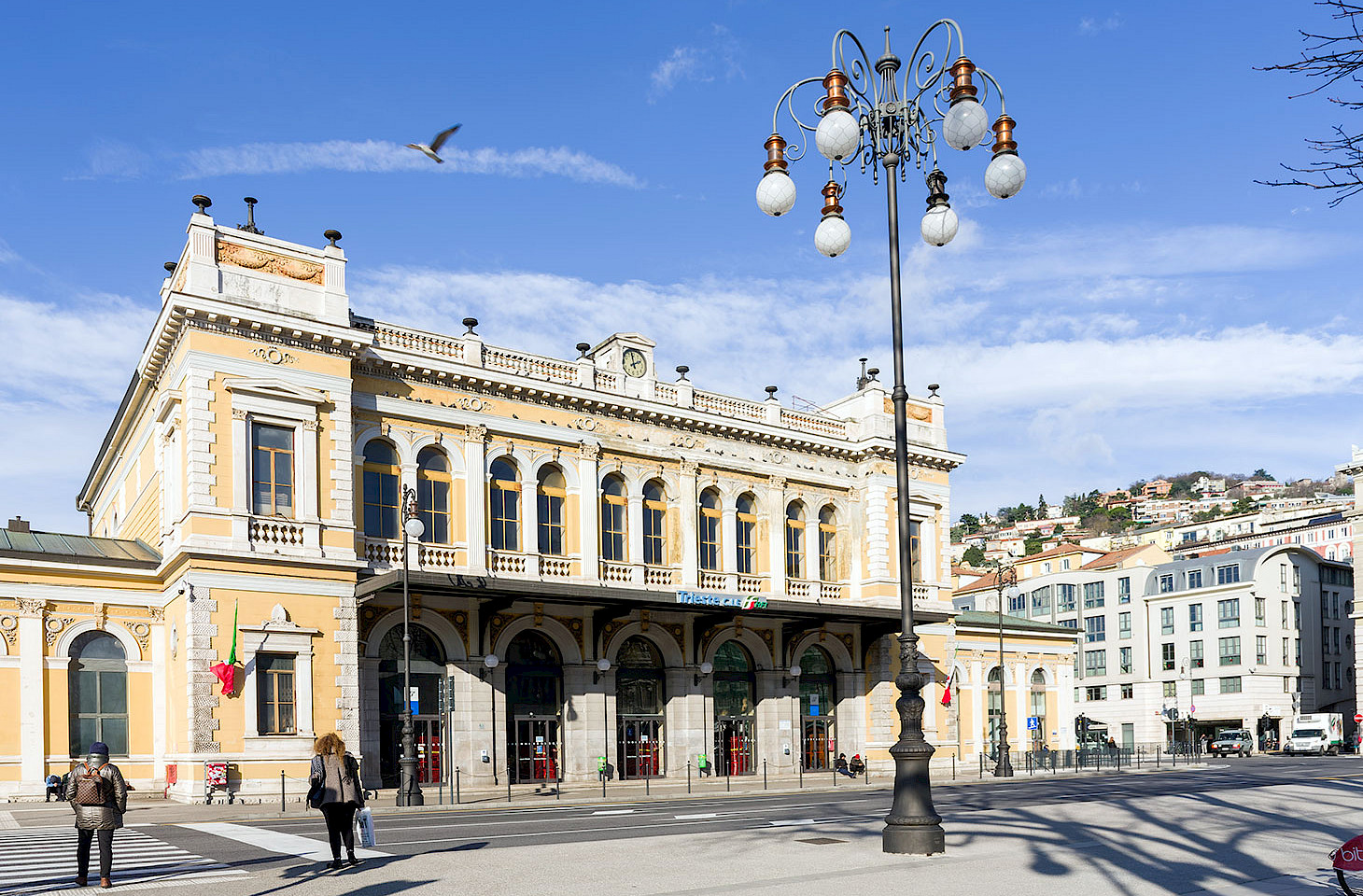Dear fellow travellers
It’s not often that you see a small turboprop aeroplane rubbing shoulders with wide-bodied jets. But most afternoons this month at Heathrow, there’s been the rare sight of a Loganair ATR-42 aircraft. It is the first time, we believe, that the Scottish airline has ever operated scheduled air services to London’s premier airport.
As at most European airports, the departure boards at Heathrow’s Terminal Five are pretty sparse these days. Looking at this afternoon's departures, there’s a BA flight to Chicago at 12.10, then nothing else scheduled until 15.10 when BA113 pushes back from the gate bound for New York. Next off the blocks is the 17.10 flight to Washington DC, a BA Boeing 787-9 Dreamliner.
After that Dreamliner, powered by two Rolls Royce Trent 1000 engines, takes to the skies, all eyes are on the next departure, not scheduled till 90 minutes later, which is the BA3288 to the Isle of Man, a self-governing island in the Irish Sea which these days relies, for its links with the wider world, on just four flights a day plus a once-daily ferry to Heysham.
The flight from Heathrow to the Isle of Man, which runs daily except Saturday, is operated by Loganair on behalf of British Airways, using one of two ATR42-500 aircraft which Loganair acquired earlier this year. The two aircraft are not in their first youth, both being more than 20 years old. As the airline proudly took delivery of the two turboprops, no-one could then have foreseen that Loganair would end up operating those aircraft into Britain’s busiest airport.
A double farewell to turboprop planes
It was ten years ago that Heathrow bid a formal farewell to its last regular scheduled propeller-driven flights, as KLM withdrew its last Fokker 50 aircraft. What was then expected to be the last turboprop left Heathrow for Amsterdam on 27 March 2010.
Heathrow became an all-jet airport, but the surprise reappearance of turboprops with the introduction of the summer timetables in late March 2017 required that Heathrow staff be reminded that moving propellers could easily slice off fingers and that they would be wise to keep well clear.
The reintroduced turboprops in 2017 were Dash 8 Q-400 aircraft operated by Flybe on its new routes from Heathrow to Edinburgh and Aberdeen. Subsequently, Flybe also used these same turboprop aircraft on its routes from Heathrow to Guernsey, Newquay and the Isle of Man.
The demise of Flybe, when it went into administration and was consigned to aviation history in March 2020, could so easily have led to the end of turboprop operations at Heathrow. Most pundits judged it unlikely that Heathrow’s valuable landing slots would ever again be used for small, propeller-driven aircraft.
But now a daily flight is back and it’s a plane which, in its handsome tartan livery, might look more at home on the tarmac in Dundee, Edinburgh or the Shetland Islands. The plan is that the daily flight from the Isle of Man to London will shift from Heathrow to London City when that airport reopens some weeks hence. It is presently closed due to coronavirus.
It could well be that the move to London City really will signal the very last turboprop at Heathrow. But with aviation having taken a major dent because of the coronavirus pandemic, some are asking whether we might see a renaissance of turboprop operations at major European airports. This is a class of aircraft which, even in a world dominated by jets, has managed to compete very effectively in more marginal markets. There are dozens of small airports right across Europe which rely entirely on turboprops, and there are airlines like Scotland’s Loganair and Norway’s Widerøe which still have mainly non-jet fleets. Both carriers only acquired their first jet aircraft in 2018.
Nicky Gardner and Susanne Kries
(editors, hidden europe magazine)




